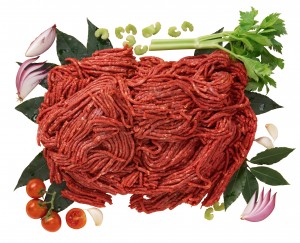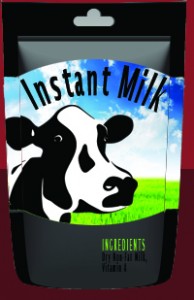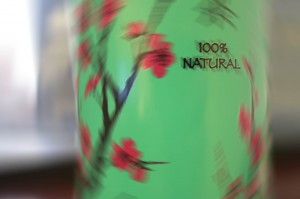 The Third Circuit Court of Appeals recently ruled that FDA regulations preempted a consumer class action complaint alleging that trans-fat content and cholesterol-reduction claims on light spread butter and margarine substitutes misled customers. This decision adds to the growing list of courts throwing out such claims and buttresses manufacturers’ preemption defense during the early stages of litigation. Young v. Johnson & Johnson, 2013 U.S. App. LEXIS 9422 (3d Cir. May 9, 2013).
The Third Circuit Court of Appeals recently ruled that FDA regulations preempted a consumer class action complaint alleging that trans-fat content and cholesterol-reduction claims on light spread butter and margarine substitutes misled customers. This decision adds to the growing list of courts throwing out such claims and buttresses manufacturers’ preemption defense during the early stages of litigation. Young v. Johnson & Johnson, 2013 U.S. App. LEXIS 9422 (3d Cir. May 9, 2013).
Plaintiff in this case sued Johnson & Johnson, manufacturer of Benecol Regular Spread and Benecol Light Spread butter/margarine substitutes (“Benecol”), for false and misleading claims made on the products’ labeling. The labeling contained two statements at issue here: that Benecol contained no trans-fat and that it was proven to reduce cholesterol. Plaintiff alleged that the “0g of trans fat” and “NO TRANS FAT” claims were false and misleading because the butter/margarine substitute contained small amounts of trans fat, and that the “Proven to Reduce Cholesterol” claim was false and misleading because the substitute contained some trans-fat and because the substitute itself was not proven to reduce cholesterol.
The Third Circuit Court of Appeals upheld the District Court of New Jersey’s dismissal of plaintiff’s complaint because, among other reasons, plaintiff’s claims were preempted by the Food, Drug and Cosmetic Act (“FDCA”), as amended by the Nutrition Labeling and Education Act (“NLEA”). The court explained that the “NLEA expressly preempts any state-imposed requirement for nutrition labeling of food, or with respect to nutritional or health-related claims, ‘that is not identical to the requirement’ set forth in the relevant provisions of the Act.” Using this standard, the court examined each of the purported misrepresentations on Benecol’s labels and determined that plaintiff’s challenges brought under New Jersey and New York consumer statutes sought to impose standards different than those set forth in the FDA regulations.
Regarding Benecol’s “no trans-fat” claim, the court noted that the FDA regulations do not expressly allow a product to advertise itself as having “no trans-fat” when it contains an “insignificant amount.” However, the FDA does permit a product label to state that a product has “no fat” or “no saturated fat” if the amount is less than 0.5 grams per serving. Additionally, FDA regulations allow a label to express the amount of trans-fat as zero if a serving contains less than 0.5 grams. Thus, because Benecol contained less than 0.5 grams of trans-fat, its claim that there was “no trans-fat” was not misleading even though it was “not expressly contemplated by the regulations.” The “no trans-fat” claim was authorized under the NLEA, and therefore plaintiff’s claim seeking to challenge that statement under state law was expressly preempted.
FDA regulations also permitted Benecol to claim that it lowered cholesterol. The Third Circuit referred to FDA regulations that permit this claim to be made when a product contains a threshold amount of plant stanol esters, which Benecol did. Again, the Third Circuit found that because the FDA regulations authorized this claim, plaintiff’s state law claims sought to “impose standards that are not identical to those set forth in the regulations,” and were therefore expressly preempted.
This decision dealt a significant blow to plaintiffs bringing claims under various state consumer statutes. The Third Circuit is clear: when FDA regulations authorize a food label claim, they will preempt challenges under state consumer statutes. The Third Circuit is yet another court in recent years which has found that FDA regulations preempted a plaintiff’s challenge of food labels. It is important that companies ensure that their food labels comply with the NLEA and other FDA regulations so that claims, such as the ones in Young, are dismissed from the outset, before prolonged litigation commences.





 dgment of the United States District Court for the Northern District of Texas, holding that Chubb Custom Insurance Company (“Chubb”) had no duty to defend CSA Nutraceuticals GP LLC (“CSA”) in a $20 million class action because the complaints in the underlying suit did not seek recovery for “bodily injury.”
dgment of the United States District Court for the Northern District of Texas, holding that Chubb Custom Insurance Company (“Chubb”) had no duty to defend CSA Nutraceuticals GP LLC (“CSA”) in a $20 million class action because the complaints in the underlying suit did not seek recovery for “bodily injury.”
